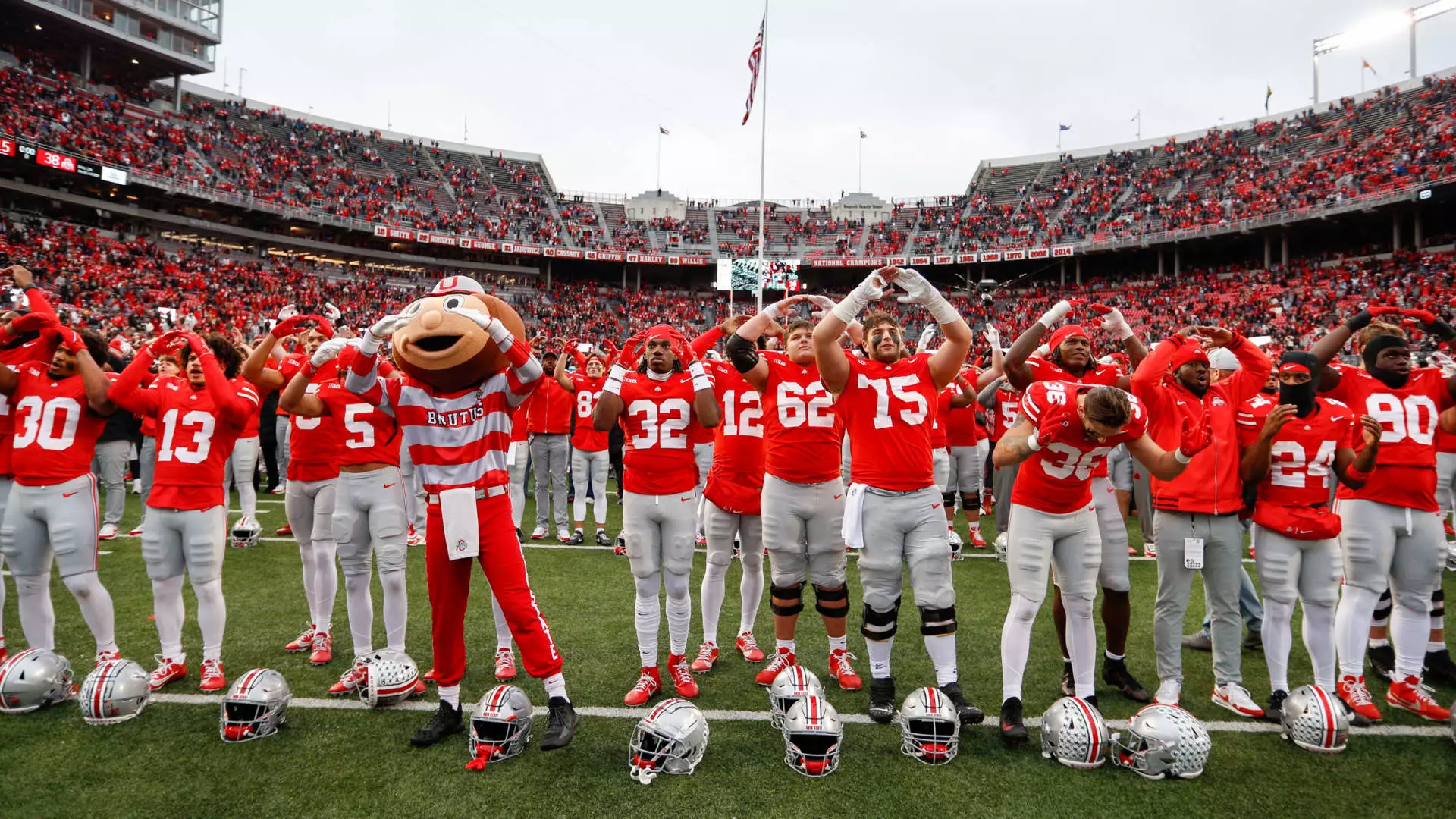College sports have evolved into a multi-billion-dollar industry, attracting attention not only from avid fans but also from savvy investors looking to capitalize on this lucrative market. The complexity behind valuing college athletic programs lies in a myriad of factors that collectively contribute to their financial success. Recently, the financial strategies employed by colleges and the competition among them have been scrutinized, culminating in a CNBC analysis that ranks the most valuable college sports programs in the United States.
The analysis indicates an intriguing opportunity for private equity investors. As academic institutions generate substantial income through ticket sales, merchandise, sponsorships, and multimedia deals, discerning the true value of these programs has become increasingly important. For instance, the Ohio State University emerged as the standout performer, boasting a valuation of approximately $1.27 billion and setting the standard with its significant $280 million revenue in 2023. This figure highlights how vital a robust revenue stream is in determining a college program’s worth.
Various attributes contribute to the valuation of athletic programs. A prime example is the school’s alumni network; Ohio State University benefits from an extensive alumni base exceeding 600,000. Additionally, its considerable fan engagement, with over 11 million enthusiastic supporters, equips the program with a solid foundation for growth. Fan attendance, particularly in football where figures regularly surpass 100,000, is a critical determinant of revenue, as passionate fans are more likely to spend on merchandise and attend games.
Boosters play a crucial role too; Ohio State’s $60 million in contributions from alumni and supporters underscores how philanthropic activities can enhance a program’s fiscal health. These donations not only improve the facilities but also create a more attractive proposition for recruits entering the athletic programs at these schools.
The competitive landscape in college athletics is significantly influenced by conference affiliations. Schools competing in high-profile conferences like the SEC and Big Ten dominate the valuation charts, primarily due to substantial media rights deals. Collectively, the SEC boasts an estimated worth of $13.3 billion, translating into an average of $832 million per institution. Similarly, the Big Ten follows closely at an aggregated value of $13.2 billion.
This reliance on media rights payments indicates a symbiotic relationship between athletics and broadcasting companies, influencing schools’ revenues and ultimately their valuations. For example, the financial disparity between the top conferences and those with fewer lucrative deals highlights the importance of conference contracts in shaping a program’s financial future.
Determining the worth of college athletic programs is a nuanced process, incorporating various methodologies to ascertain a more accurate figure. For the CNBC evaluation, Jason Belzer of AthleticDirectorU provided insight and data regarding each institution’s financial standing. Their analysis began with a base revenue multiple of four, which was then adjusted based on multiple indicators, including perceived future revenue growth, school subsidies, and unprecedented factors like NIL (Name, Image, and Likeness) spending.
Belzer’s expertise, coupled with that of other industry specialists, illuminated the dynamics of college athletics during valuation discussions. Their confidentiality allowed for a more candid exploration of the intricacies underpinning program valuations, giving a valuable perspective on how modern considerations affect revenue streams.
The future of college sports looks robust, with projections indicating continued growth in revenue. As athletic programs explore innovative funding strategies, broaden their reach in engaging alumni and fans, and harness the power of media contracts, their value will likely soar. Private investors, therefore, will keenly observe this sector, ready to seize opportunities that arise from this vibrant financial landscape. The relationship between education and athletics has never been more intertwined—a development that stands to benefit institutions, investors, and fans alike in the years to come.

